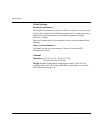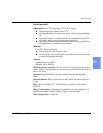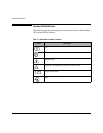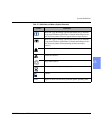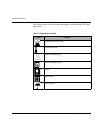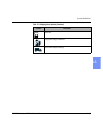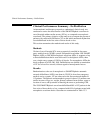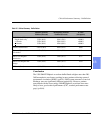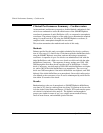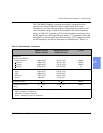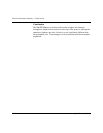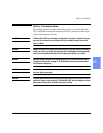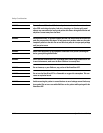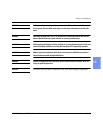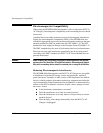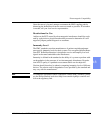
Clinical Performance Summary - Cardioversion
13-16 Specifications & Safety
Clinical Performance Summary - Cardioversion
An international, multicenter, prospective, double-blinded, randomized, clini-
cal trial was conducted to assess the effectiveness of the SMART Biphasic
waveform in treatment of atrial fibrillation (AF), as compared to monophasic
waveforms. The primary objective of the study was to determine the required
energy for cardioversion of AF using the SMART Biphasic waveform, as
compared with a monophasic damped sine waveform.
This section summarizes the methods and results of this study.
Methods
Patients enrolled for this study were adults scheduled for elective cardiover-
sion of AF at one of 11 clinical sites. Clinicians used both a defibrillator deliv-
ering the SMART Biphasic waveform, and one delivering a monophasic
waveform. A sequence of up to five shocks was administered: four with the
initial defibrillator, and a fifth cross-over shock was delivered with the other
defibrillator if necessary. The sequence of energy settings was 100J, 150J,
200J through the first three shocks on either type of defibrillator. A fourth
shock, if necessary, was delivered at 200J if the initial defibrillator was bipha-
sic, and at 360J if the initial defibrillator was monophasic. The cross-over
shock was 360J monophasic if the initial defibrillator was biphasic, and 200J
biphasic if the initial defibrillator was monophasic. Successful cardioversion
was defined as the occurrence of two P waves uninterrupted by atrial fibrilla-
tion within 30 seconds of the shock.
Results
Randomization to the use of monophasic or SMART Biphasic defibrillators
was done in 212 elective cardioversions involving 210 patients at eleven clin-
ical sites in the United States and Europe. Of these, 203 results met the proto-
col criteria for inclusion in this analysis. The biphasic and monophasic
groups were similar in terms of age, sex, weight, current medical history,
cause of heart disease, and estimated ejection fraction.



